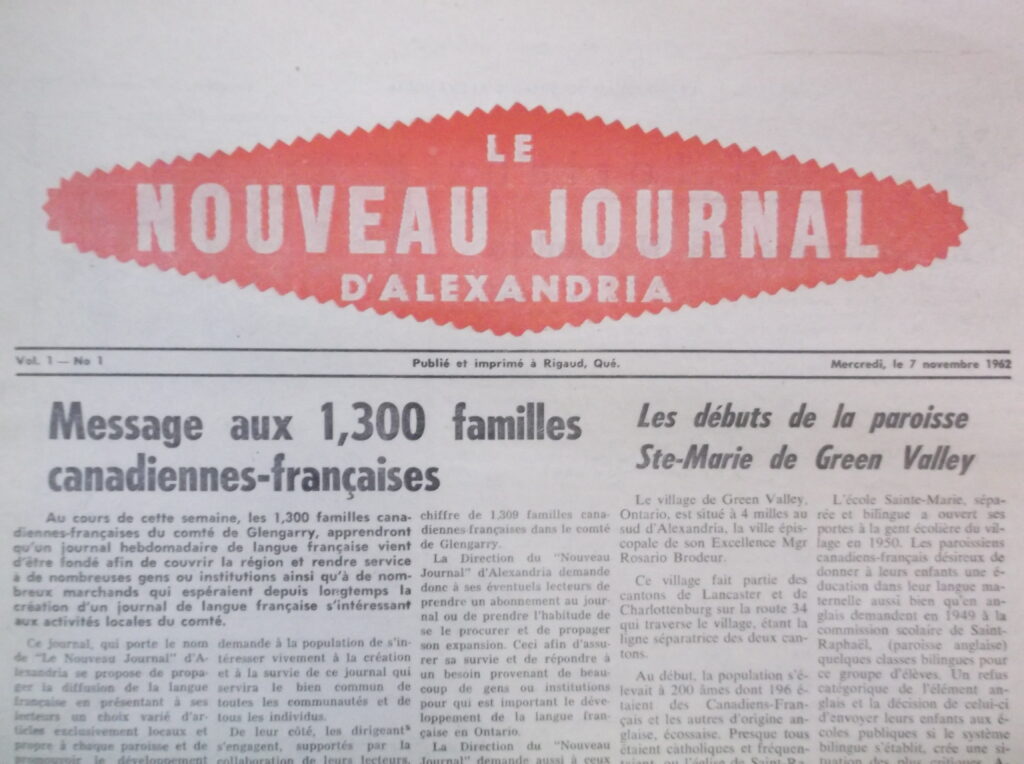FRANCOPHONE MEDIA
In researching the story of the regions’ media, I came across nearly a century of French language print, radio and cable television history.
PRINT MEDIA
The earliest publication, the “L’Avenir de Cornwall,” was founded in 1932 by former theology student Charles Michaud and Dr. J.A. Hurteau and came out weekly “…in the interests of French-Canadians of the United Counties.”
In circulation for two years, Michaud became a translator for the Federal government, leaving local francophones to wait until 1950 for “L’Etoile de Cornwall,” to hit the newsstands.

“L’Etoile” was the brainchild of Jacques Garneau, from Western Canada, who saw the opportunity for a French language advertising circular for Cornwall’s francophone business community. Short of everything, but ideas, Garneau approached Mme Laurier Carriere, teachers Rodrique Lemay and Elphege Guindon, Dr. R. Lavigne, Nelson Laframboise and lawyer Alphonse Charron to purchase the paper to pay Ottawa’s “Le Droit,” to publish.
Within a year the paper’s backers had teamed-up with Montreal Road hotelman and entrepreneur Fred Lebebvre to secure investors to purchase Charbonneau Printing, to enable them to print the paper themselves. Proudly francophone it now included local news. Under the management of H. Brisson, Jacques Lemont and Louis Parent, aided by volunteers, the paper remained on shaky financial footing, and was sold to H. Bussiere, in 1955. One of only four francophone newspapers in Ontario, in 1959 publication ceased.
The gap was now partially covered by ardent francophone spokesman Father Charles-Emile Claude, from 1973 – 77, with his newsletter “Francour.”
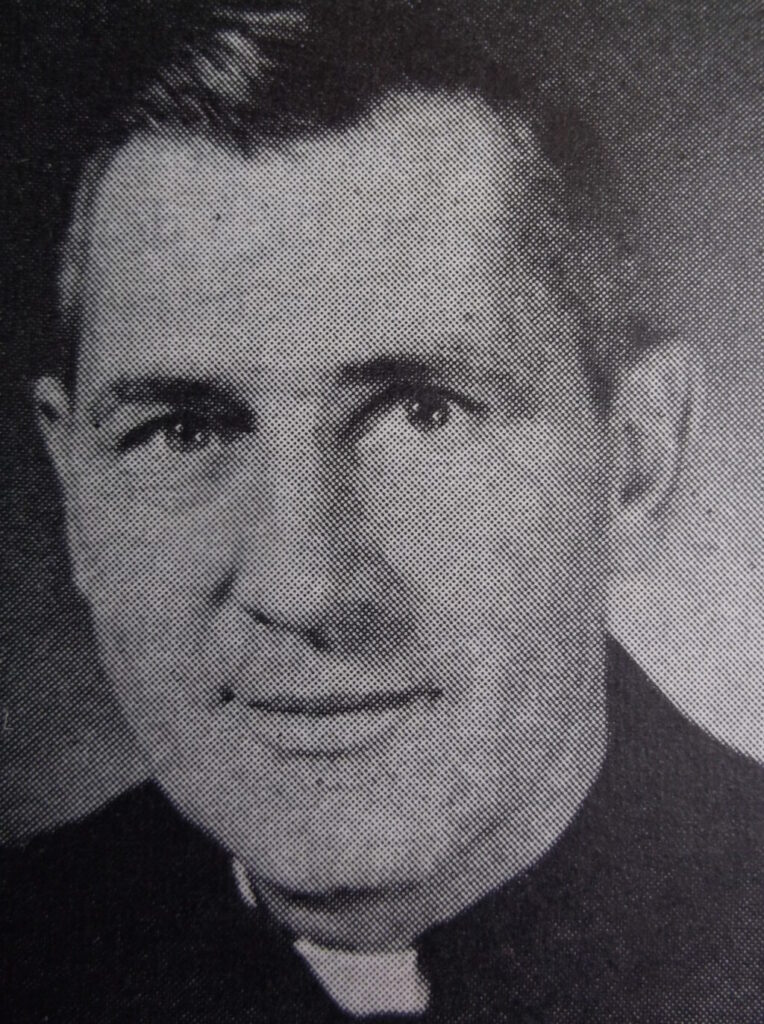
In 1977, the news void was filled with the publication of “Le Journal de Cornwall,” which saw its heyday when Roger Duplantie acquired the paper in 1983, until he sold it in 2000.
Today the “Cornwall Express,” a section of the “Seaway News,” is all that remains of French language print media.
RADIO
Roland Forget initiated limited French language programming on Cornwall’s English language radio station CKSF, in 1948. Eleven years later francophone radio arrived when CFML went on the air, as Eastern Ontario’s first French radio station.
Founded by Madelaine Laframboise, CFML was only licensed to broadcast during the daytime, from its purpose built station, at 1308 Pitt Street.Deeply involved in the community, CFML’s announcer’s Roland Chevrier, Denis Boucher and Claude Renard, quickly made the station a pillar of the French culture and “La voix francaise de Cornwall.”
Freelance writer and former school teacher Madelaine Germaine, from Wendover in the Ottawa Valley, now became part of the team, hosting her popular show “Club 1100,” dedicated to the modern woman the “Queen of the House,” with practical advice.
Focused on reporting, promoting and sponsoring all things of interest to its listeners, the station aired Sunday Mass, school sports and community life by interviewing local “movers and shakers. “ Not content to sit on the sidelines, they played a leading role in fostering pride in French heritage by sponsoring French Week, and in 1973 CFML became involved in the controversy over the creation of La Citadelle, as Cornwall’s French language high school.
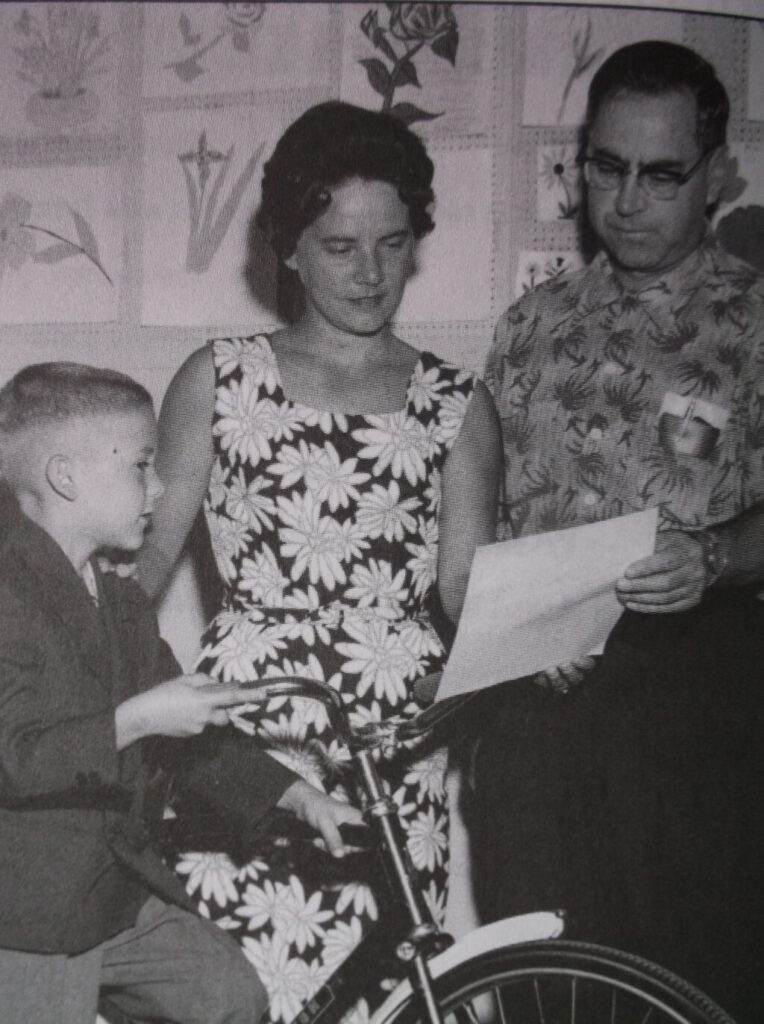
In 1963, French radio and cable television came together when Bernard Bertrand, promising a “A New Start,”became CFML’s vice-president.Having already established Cornwall Cable Vision System, in 1965 Bertrand purchased the station, while maintaining his interest in Cable.
According to the “Standard-Freeholder,” CFML celebrated its “10th anniversary in grand style” with a full day of festivities.“Over 2,000 district teenagers jammed Nativity Hall during a special afternoon broadcast and almost crushed the radio team” comprising Gerard Paiment, Richard Gervais and Yvon Lemire in their enthusiasm.
Two years later Bertrand returned to CABLE 11, and introduced Madelaine Germaine to a wider audience, as the station’s first news reader, thereby amalgamating local French and English media.
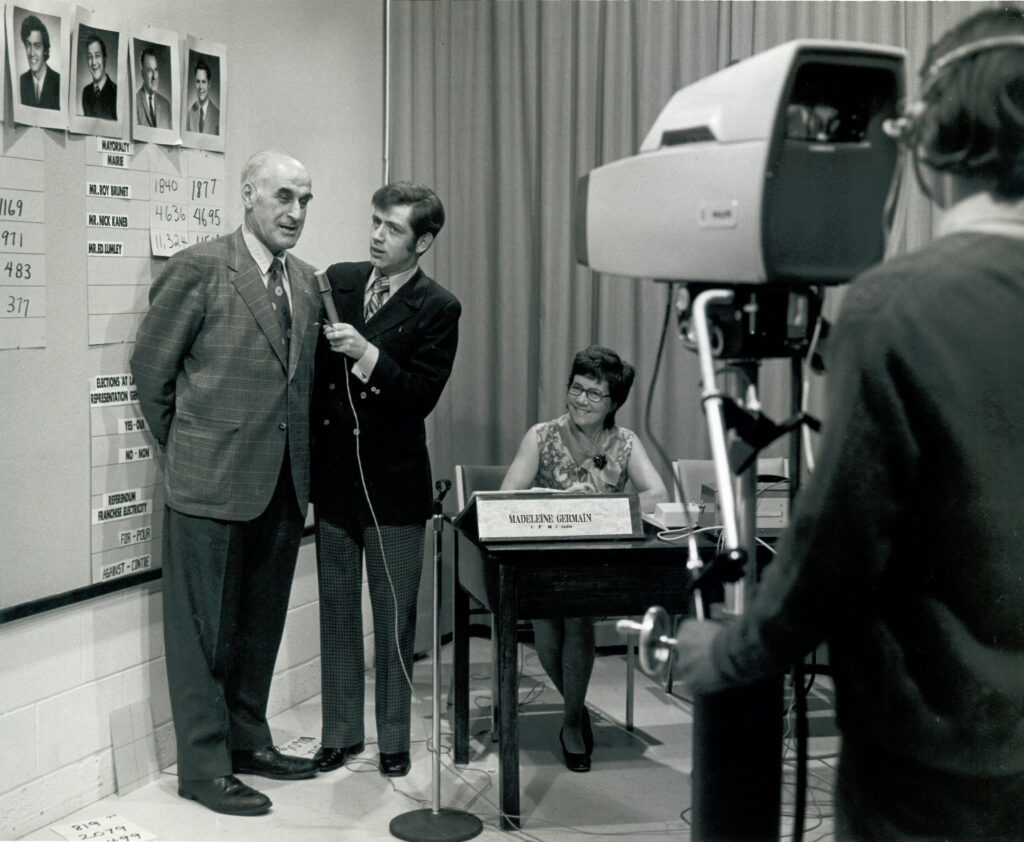
To serve the Ottawa Valley’s large francophone population, the CRTC now gave Bertrand permission to increase the stations output from 1,000 watts to 10,000.Successfully infiltrating the Valley’s market, Bertrand expanded to Hawkesbury, in 1976 to become “la voix de l’est de l’Ontario,” to much fanfare.
Two years later, Bertrand sold the station to Pierre Belleau, who according to historians Clive and Frances Marin, not only changed the name in 1979 to CFIX/CHPR Hawkesbury, but altered the programming, alienated the staff and lost revenue, forcing its closure in 1981. French language radio tentatively returned in 1990 when the newly formed CHOD began broadcasting during French Week. CHOD was later awarded a community station license to operate as a non-profit cooperative entity, to serve the francophone population in Prescott-Russell, SDG and Cornwall. The station began broadcasting on May 1, 1994 from La Cite Collegiale. By the early 2000s, CHOD claimed, 2,000 listeners, however, unlike CFML, which focussed on community affairs and events plus music, CHOD’s programming placed its greater emphasis on music.
In 2016, CHOD relocated to Casselman and in 2021, it became GO FM, at 92.1 on the dial, while still licensed to Cornwall under the ownership of Radio communautaire Cornwall-Alexandria.
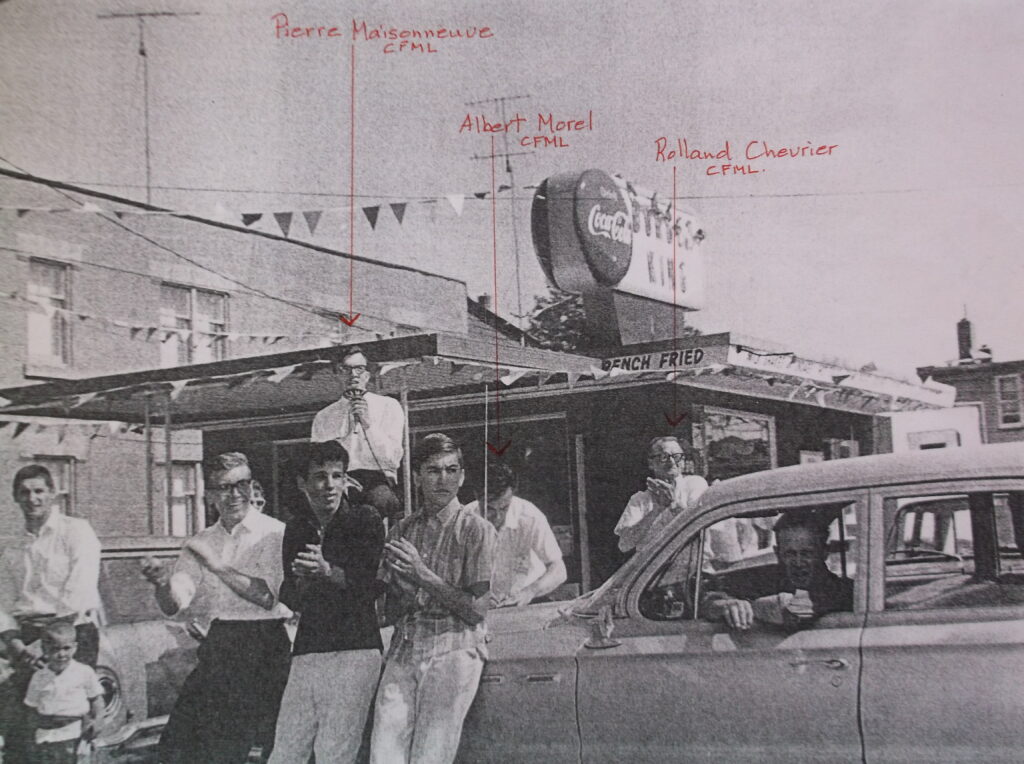
(I would like to thank the “Genealogie et archives St-Laurent, Cornwall, housed in the Cornwall Public Library, for their generous assistance in allowing me to study their impressive collection, making this article possible and providing me with the photographs.



